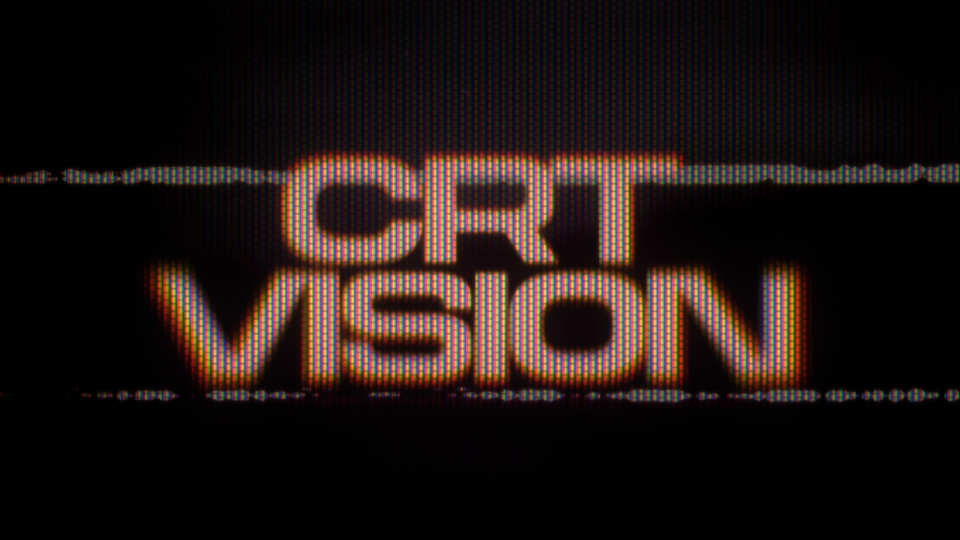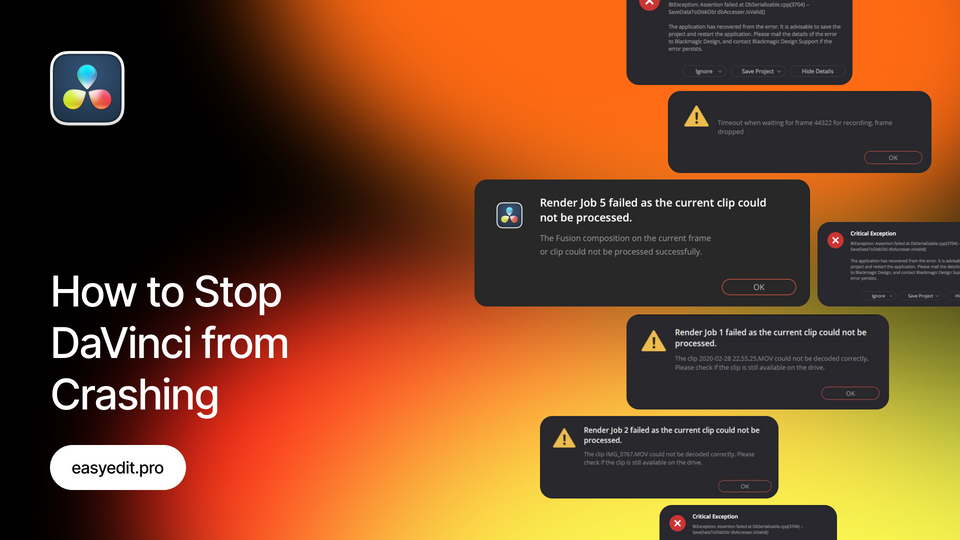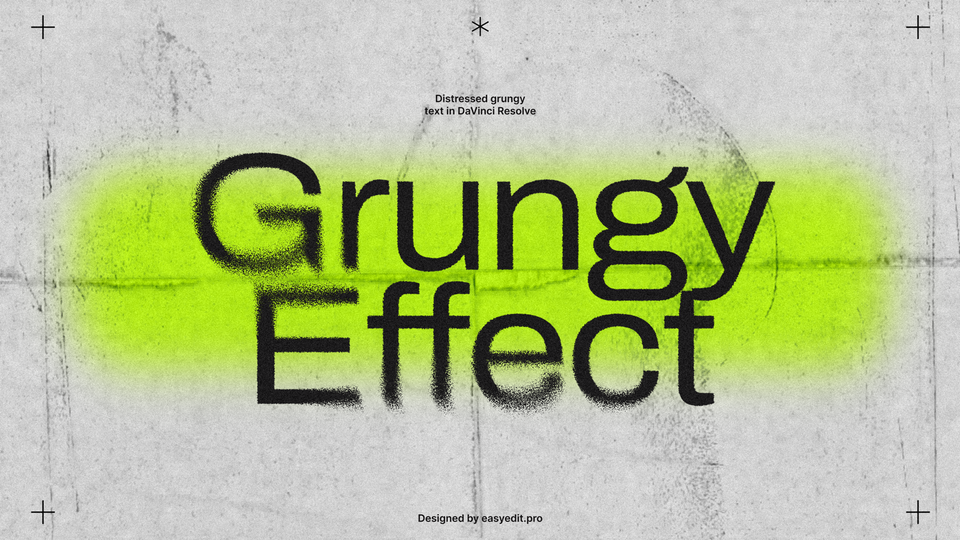
Created: 3 years ago
How to use DaVinci Resolve - Tutorial for Beginners
Hi, editors! Today we’ll go through the base of DaVinci Resolve and questions beginner editors might have. From running the software to the export of your final video - here are the things you may need to know as a new DaVinci Resolve user.
Preparation
The starting point is to create your project correctly, so you need to organize your space and know what to set in DaVinci Resolve:
Project setup
The best thing before you create a new project is to organize it from the beginning. Open DaVinci Resolve and create a folder in the Project Manager. Now you can create a new video inside of you project. It will be easier to navigate and you may need to duplicate your project or change it in the future.
After creating a project, click on the Settings icon on the bottom-right corner of your screen and go to the Master Settings menu. Here you can set the project resolution, aspect ratio, framerate and all other things you’ll need for your future video.
If you’ll need the same settings over and over, you can click on Presets, save the current settings of your project and right-click on the preset and choose Save As User Default Config.
Timelines
Now you can create a New Timeline. Press cmd+N (Mac)/control+N (Win) or select an option from the menu to create a new timeline.
By default, they will be created with the project settings, but you can create any timeline settings by unchecking the checkbox Use Project Settings:
Set Timeline Proxy Resolution
To speed up the preview, you can lower the quality of the proxy resolution. Go to the Playback menu on the top and select Half or Quarter option in Timeline Proxy Resolution menu.
Render cache
Make sure you regularly clean your cache - it affects the hard drive and computer space. As the result, DaVinci Resolve may work much slower and give unexpected bugs. Go to Delete Render Cache>Unused to delete data you don’t need. Once you’ve finished the project, you can choose All to delete all cache from the project.
Another tip is to turn off Smart Mode - go to Render Cache>None, so your project won’t collect cache during the editing.
Optimised Media
One of the main tips to improve your playback performance or export your project to another device is to Generate Optimised Media. To do it, you need to go to the Edit page, select all files you need to optimize, right-click, and choose Generate Optimised Media. After the progress window disappears, optimized media will be ready.
If you need to make sure you’ve generated your Proxy Media files, you can go the same Edit page, click on the Media Pool and choose the Clip Name. After that, select Proxy Media Path and you’ll see 2 checkboxes - one for Proxy Media resolution, and another for it’s location.
Fonts
Fonts can play tricks on you. If you do not have install the fonts of the project you have purchased, then the project itself may not be displayed correctly or not displayed at all.
In other cases, you may have multiple copies of the same font installed, which can also cause problems when working with templates. To avoid errors before work, make sure that you have installed all the necessary fonts and do not have duplicates. To manage fonts in macOS, use the Font Book app or use the Control Panel in Windows 10 and 11. MacOS have two font folders: User>Library>Fonts and in the mac's Library>Fonts. Windows - C:\\Windows\FontsAfter installing the fonts, reload DaVinci Resolve to use them.
Work with Media
Before the editing process, you will need to organize your media files:
Folders and bins
If you’ve recorded your footage on several cameras, you can import it to DaVinci Resolve by creating bins. Right-click on your folder and select Add Folders and Subfolders via Media Pool(Create Bins). By doing this, you will get a highly organized workspace, separated into folders by different cameras or types of media.
Media Offline
Another thing beginners can get stuck at is “Media Offline” error. This error can appear if DaVinci can’t locate your media files, though you can quickly fix it. All you need is to go to Relink Media icon (red one) and click Relinkbutton. Now, just locate the folder where your files are placed and click Select Folder.
If you’re not sure where your videos are, just use the Disk Search button and DaVinci will quickly go through all your files.
Editing
Now, when you set everything and know how to organize your space, you can import your media and start editing.
To import videos, images or sound use Media Tab or just drag them directly to Media Pool. After dragging the video from Media Pool to your Timeline, you’ll see your video and audio tracks. Before you edit them, it’s better to click Unlink to be able to edit them separately.
When you add another media file to your timeline and you want to connect it to the previous one, click the Snapping tool to make your tracks snap to each other.
The part some beginners usually skip is using Transitions. You may need to add a basic transition between your videos. Click the Effects Library tab and you’ll see a bunch of effects, separated into Video Transitions, Audio Transitions, Titles, Generators and other effects. Choose Video Effects and preview the Transitions, to pick the one you like. After this, drag the transition between your videos. To lengthen or shorten the effect, just drag it left or right.
You can combine the effects by adding a Title. Pick Titles in Effects Library, which you can also preview. Drag the suitable title to the timeline (over your video) and it will automatically appear. Find Inspector on the right side of your workspace to change the text, font, size of your text and other settings. If your title has a slow playback, right-click on it and pick Render in Place. It will quickly replace your title with quick rendered video and you can preview it in real-time, and select Decompose to Original to edit it further.
DaVinci Resolve has a big choice among effects, though they are very basic. You can change the animation yourself in the Inspector>Settings menu, or use pre-made templates for DaVinci Resolve.
Change Resolution
Some beginners may not see the difference between the Project Timeline Resolution and Timeline Resolution. In the first case, you can set the resolution of all Timelines in your project, in the other - resolution of one particular Timeline.
Suppose you want to change the project resolution or make sure you edit in the resolution you need. In that case, you can click on Project Settings>Master Settings, find the resolution you need under the Timeline Format menu and apply it.
If you want to change the resolution of one particular Timeline, right-click on Timeline and select Timeline Settings, uncheck “Use Project Settings” and pick the resolution you need. Timeline frame rate is parent to project frame rate.
Video Templates
As we said above, standard DaVinci Resolve effects may be too simple or just don’t suit you. As a beginner, you can spend a lot of time creating a decent animation for just one title; and if you want to create a great video quickly, you may choose a different way.
Many editors, from beginners to professionals use pre-made video templates and presets to save time. It will work for you even if you use the same effects over and over again - they will be professionally animated, designed and easy to create.
One of the packs of video templates you will definitely need to have is Luts, Transitions and Titles. We’ve created 1100+ video templates with a great choice of high-quality effects, you can apply in one click. They are easy to customize and will look professional on any video.
Another handy pack of video templates is for YouTubers. YouTube Essential Library has a set of Intros, Next Episodes, Calendars, Subscribes, Lower Thirds and everything YouTubers will possibly need.
We’d also like to mention Titles Pro - the pack with more than 1500 animated title templates that became our bestseller. Here you can find the most trendy title animations among the 23 categories, such as Kinetic, Glitch, Liquid, Cinematic and many other.
Work with Color
Color Correction is an art and requires huge practice and experience that a beginner might not yet have, but the base is very simple and needs you to know these things:
To open the Color Grading tab click on it on the bottom bar.
Saturation & Hue
If you need to edit the saturation and hue level of your image, you can use Vectorscope. The middle point of your Vectorscope stands for 0% saturation and by dragging this point your saturation and hue level will increase.
Make sure you won’t drag the point out of the corner boxes, as they stand for 75% value. Also, each box stands for the color(saturation boxes above and hue boxes below) and increasing this scale too much will make your image look bad.
Nodes
Are the very essential thing in DaVinci Resolve’s workspace. One of the main mistakes beginners make is to put several adjustments on one Node. It makes it harder to compare the result of your work and adjust a particular part of your image. Combining Nodes is a way to see the result of your work and change it any time.
Also, you should plan your editing in advance and pick the Nodes Mode that will suit your needs the most. The Serial Node layers are connected, so every change of the previous Node will affect your next Node. The Parallel Node gives you to Nodes, put on the image at the same time and don’t affect each other. The Splitter Combiner Node is rarely used, but can be used for advanced color correction, denoizing or blurring a particular color channel. You can also use the Layer Node, which combines the results of several Nodes and reflects them on your image.
Another thing to know about Nodes - the connecting lines of the Layer and other types of Nodes refer to the top and bottom adjustment layers of your image. You should make sure you put the layers in the order you intended them to be.
Luts
Can greatly enhance your video without extra work. The purpose of Luts is to change RGB pixel data into another. Some Luts can highly saturate the video, some can soften the colors and make them deeper.
To add your luts, open the project settings, go to Color Management and hit Open LUT folder button. After that, just place your Luts into the folder and refresh the Luts Tab (with right-click). Your Luts will appear in the LUTs window.
To apply your Lut, you’ll need to create a new Node (option+S/alt+S) and, importantly, place it before your image Node. Beginners usually just apply the Luts to their current Node, or add a Node with Luts after the main image Node, which can lead to clipping of the effect, overexposure and other problems you’ll need to fix. If you will create a separate Node for your Lut and drag it in the beginning, you’ll have a correctly looking Lut.
If you want to know more about Luts, check our guide for using Luts in DaVinci Resolve.
Render
Now, it’s time to finally render our video! We made sure we set everything correctly and were satisfied with the result of our editing, so now we can render and export it. What you’ll need to know when you set your render.
Export Settings
You can use Quick Export, which allows you to select a format or web service that you need and make a render of the video. Go to File > Quick Export
To explore advanced export settings use the Deliver tab at the bottom of the DaVinci window. The most important here is that this menu gives you the ability to set the quality of your video, more specifically change it from Automatic to Restrict to mode. Here you can select format and codec, set video bitrate, set audio configs and many more.
Another handy thing beginners don’t know is that you can fix a very common problem - the color and saturation difference before and after export. All you need to do is change your Gamma Tag to Rec. 709-A, because this codec is the best option for social media and web. You will find this setting in the Advanced Settings tab.
Render Formats
DaVinci allows you to export videos in a variety of formats. Also, formats use different codecs.
Choose the format based on your needs:
1. If you will use the finished video in further video production, then choose uncompressed formats (like Quicktime format with Apple ProRes codec or AVI format with Uncompressed codec) that allow you to save quality, but weigh quite a lot
2. If you need a video for social networks or a website, choose MP4 or Quicktime format with h264/h265 codecs. These settings allow you to make lightweight videos and keep good image quality.
Conclusion
We hope this guide was useful, and we’ll definitely continue to complement it with new articles, specifically describing each of your steps. The base of DaVinci Resolve is quite easy and enough to edit your first videos, and with practice, you’ll learn to create complex projects, full of high-quality assets, effects, and animation.
You can also check the article about the main mistakes beginners make in DaVinci Resolve.
Come back to master a new skill in DaVinci Resolve!
Unlock unlimited templates for DaVinci Resolve - join EasyEdit Stock to get the highest quality LUTs, transitions, text effects, and more, with assets updated daily!
10k elements for Reels and Stories
Looking to add a splash of creativity to your Instagram stories and reels? You're just a click away! Discover our iOS app infi: packed with 10,000+ unique stickers and design elements to breathe life into your social media content.







